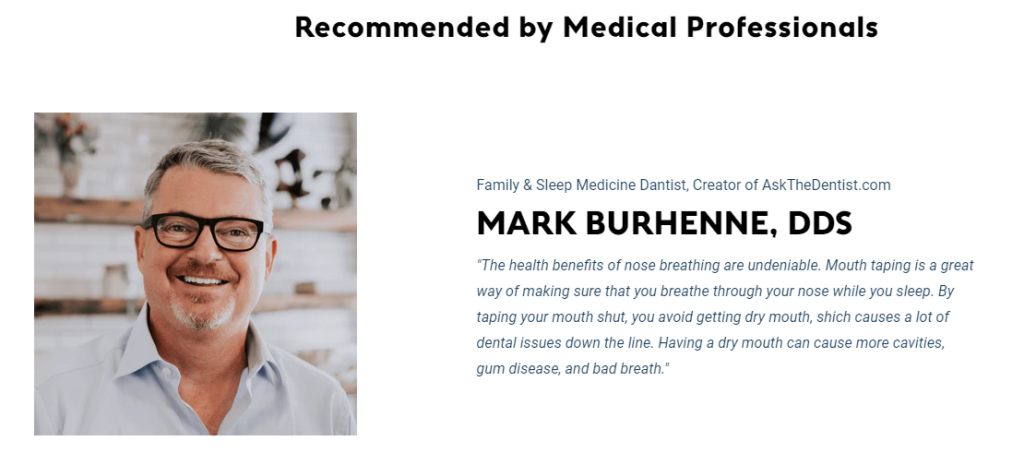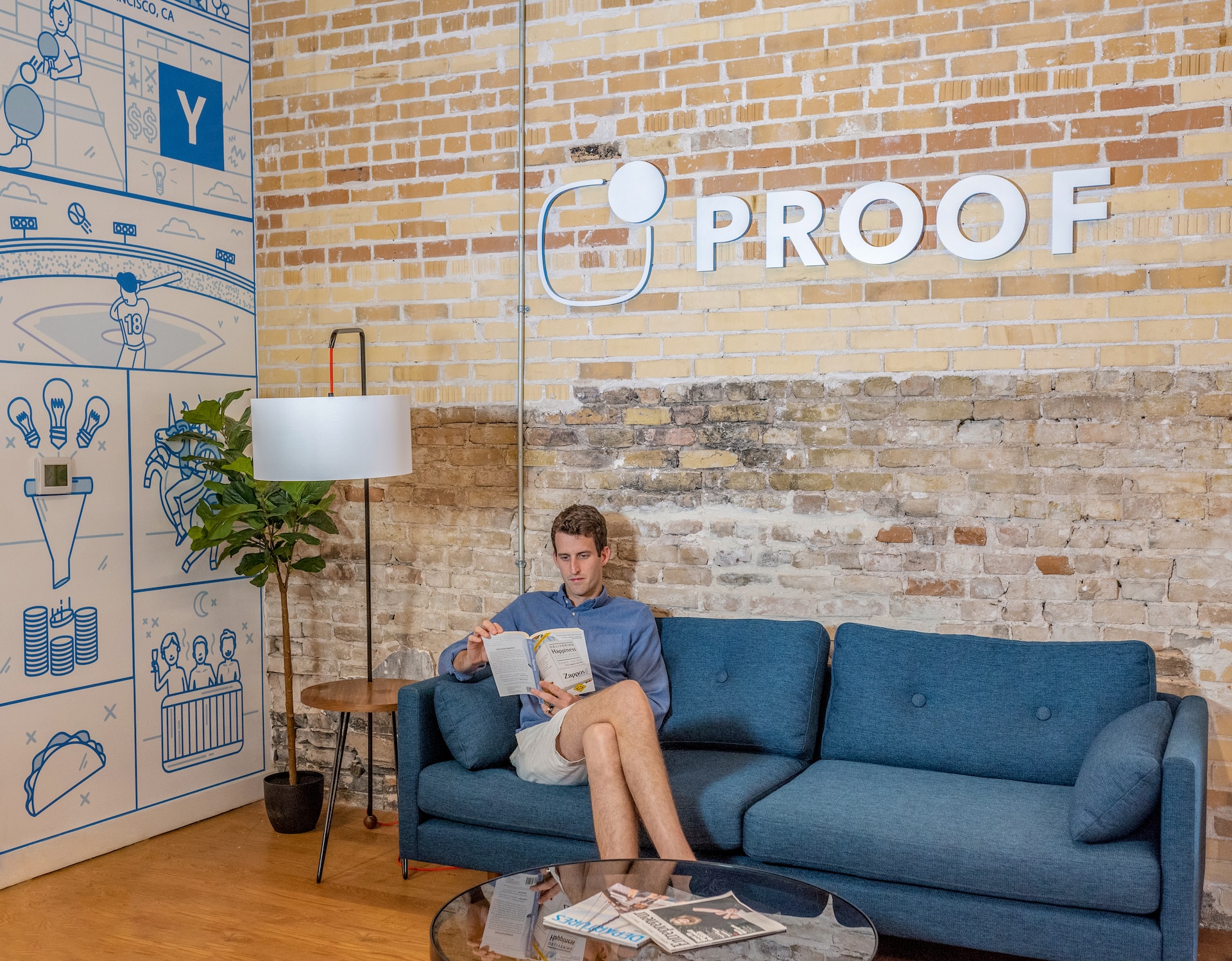6 Tactics for Taking Your Brand’s Social Proof to the Next Level
Social proof is an excellent way to build trust between your brand and your target audience. Customers tend to believe reviews and testimonials more than anything you have to say, so it’s easy to understand why you should incorporate this element on your pages.
Quick Links
However, there is much more to social proof than doing the bare minimum and throwing a couple of testimonials on your homepage. Here are six tactics that can take your social proof to the next level.
Include Product Reviews on Your Home Page
You have most likely already made product reviews a part of your product pages, as you should. They are an excellent way to boost conversion rates and help customers choose the right product.
However, not all website visitors will click through to the product pages. Some of them will just be window shopping, so to speak, and they won’t make it past the homepage. You don’t want them to miss out on these reviews and ratings.
If you make reviews a part of the homepage, you can increase the number of pages a visitor views as well as your conversion rates. Rather than displaying a couple of reviews as a part of the homepage itself, the best tactic here is to use a windowed approach. You can add a window to every page, ensuring customers are able to get a sense of product quality at all times.
Dress Forms USA have done this very well. They have a flyout on the left side of their pages; it is clearly visible without covering anything or adding clutter. When you click on it, you’ll see a variety of product reviews and the most important details about the shopper.
This way, you are able to discover what the products are like, what kinds of products the brand sells, and what kinds of people shop with them. Excellent browsing and conversion incentives.

Source: dressformsusa.com
Use Experts to Establish the Market for Your Product
You are probably also familiar with the power of expert endorsements. Lots of brands partner up with someone to speak about the quality of their product. And while this kind of social proof is an excellent choice, you can also do one better.
Have you considered using an expert to justify the need for the product? What if someone were to speak about the main pain point you’re trying to solve in an easy-to-understand, non-sales manner? They can align your product with the solution and, more importantly, highlight the risks associated with the pain point.
Let’s look at an example. Somnifix Mouth Strips are recommended by a medical professional – a sleep medicine dentist. He explains why mouth breathing is bad for you and immediately goes on to say how the product can help ensure you breathe through your nose and what this will prevent.
This type of endorsement is much more effective than the usual “this is a great product, I personally use it, you should try it” kind. By speaking about both the issue and the solution, an expert is able to highlight the benefits of the product in a more natural manner.

Source: somnifix.com
Don’t Forget about the Social Side of Social Proof
We usually associate social proof with the reviews and testimonials featured on our website. Nonetheless, don’t forget about the importance of social proof on social media.
A lot of your target audience will be easily reachable through socials. Even if they don’t currently follow you, if you serve the kind of content they are interested in, you will pop up on their feed. This can be your chance to leverage social proof to demonstrate the quality of your products and services or just to remind them to check you out.
The best kind of social proof to be used on social media is an image or a video. You can, of course, also turn reviews into an image, but leveraging user-generated content can tick several boxes at once. First, you won’t have to spend resources on creating the visual yourself. It also lets you shout out your customers, who are likely to share the mention and thus give you even more exposure.
Starbucks is great at using UGC to their advantage, especially on their Instagram. They will share photos and videos from their followers in all kinds of coffee-fueled situations, from running late for work to chilling by the pool.

Source: instagram.com
Don’t forget to tag the author of the photo and say something nice and personalized to them. The more relatable you can make the caption, the more value the social proof will have.
Show That Others Are Interested
The best kind of social proof is often showing the level of interest other shoppers have shown for a certain item. The number of reviews will certainly help, but you can also show the number of items sold if you want to share this kind of information.
Another great way to boost interest and capitalize on FOMO is to show when an item is running low in stock. Etsy does this very well, for example. Here’s this handmade elephant toy for you. The site shows you that there’s only one left and that it’s already in one cart. If you really want it, you will have to grab it asap.

Source: etsy.com
Of course, this is an extreme example, but the same principle is applied across the board. They display how many carts an item is currently in and how many items are left when the stocks start running low.
This provides a better user experience, plus it’s a testament to the quality and popularity of certain items.
Display Your Awards
Sometimes the best kind of social proof is showing what reputable third-party websites or companies have to say about your product. If you have won an award, been voted best in something, or simply generated a lot of buzz, you will want to brag about it.
The same goes if you have been featured by a major news outlet or relevant niche publication. And while you will often see a lot of brands claim that they’ve been featured by the New York Times or Forbes, they never actually prove this statement.
Here’s an example of taking this type of social proof to the next level. Secretlab makes amazing gaming chairs. We know this not just because I am currently sitting in one but also because they’ve taken the time to showcase their accolades.

Source: secretlab.co
However, they haven’t just mentioned the source, and they haven’t just quoted from the article either – they’ve also linked to it. This is such an easy extra step to take, yet most brands simply don’t bother with it.
By allowing your visitors to read these articles themselves, you are establishing genuine trust. You’ll stand out in a sea of others who haven’t bothered to prove that they really have been voted best in class.
Showcase Other Products in Your Inventory
A lot of brands will include a carousel of other recommended items on their product pages. They often list items from the same category or items that are similar to the one that is being looked at. This is a great way to add social proof and cross-sell, but you can take it a step further.
This flower bouquet comes with a “customers who viewed this item also bought” section. Notice the unusual word choice. We’re not being recommended items that customers who have bought this item have purchased. We are told what people who have considered this item have bought.
You will also notice that the recommendations are neither from the same category nor similar to the bouquet in question. This way, the brand is showcasing the variety of items they offer and proving that all of them have been purchased and loved by a variety of customers.

Source: serenataflowers.com
This is a very simple touch that can set you apart from your competition with ease. It adds that extra little bit of personalization that customers will appreciate. And it speaks volumes about your attention to detail and customer care.
Wrapping Up
Consider these tactics carefully before you implement them. Some will work better than others for your brand, so you want to make sure you start with the one that will have the most impact.
Make sure to also adjust them to fit your current brand voice, website design, and overall messaging.
What Is WooCommerce Product Slider and Why Your Store Needs It
Why Do Product Images Matter So Much in Online Stores? When someone visits an online store the…
0 Comments9 Minutes
How to Streamline Your Customers’ Shopping Experience?
The goal for any online store is to make shopping as smooth as possible. When visitors move…
0 Comments8 Minutes
Strengthening Brand-Customer Relationships Through Gamified Loyalty Programs
Creating lasting connections with customers has become increasingly vital as the marketplace grows…
0 Comments6 Minutes
How to Use SEO and SEA Together in Search Engine Marketing
In digital marketing, search engine marketing (SEM) plays a critical role in improving online…
0 Comments10 Minutes
Content Marketing Growth Hacks: Real Shortcuts to Drive Traffic
Are you still lagging in content marketing? Sticking to these old strategies seems…
0 Comments10 Minutes
How to Build a Strong Local Following Using Social Media Marketing
In the days of likes, shares, and stories, local businesses have a golden opportunity to create…
0 Comments9 Minutes
Why WooCommerce is the Best Choice for Your Online Store?
WooCommerce stands out as a top option for anyone looking to build an online store. This platform…
0 Comments8 Minutes
How to Use AI-Powered SEO Tools for WordPress eCommerce
SEO is a critical factor in the success of any e-commerce WordPress store. As competition…
0 Comments11 Minutes








